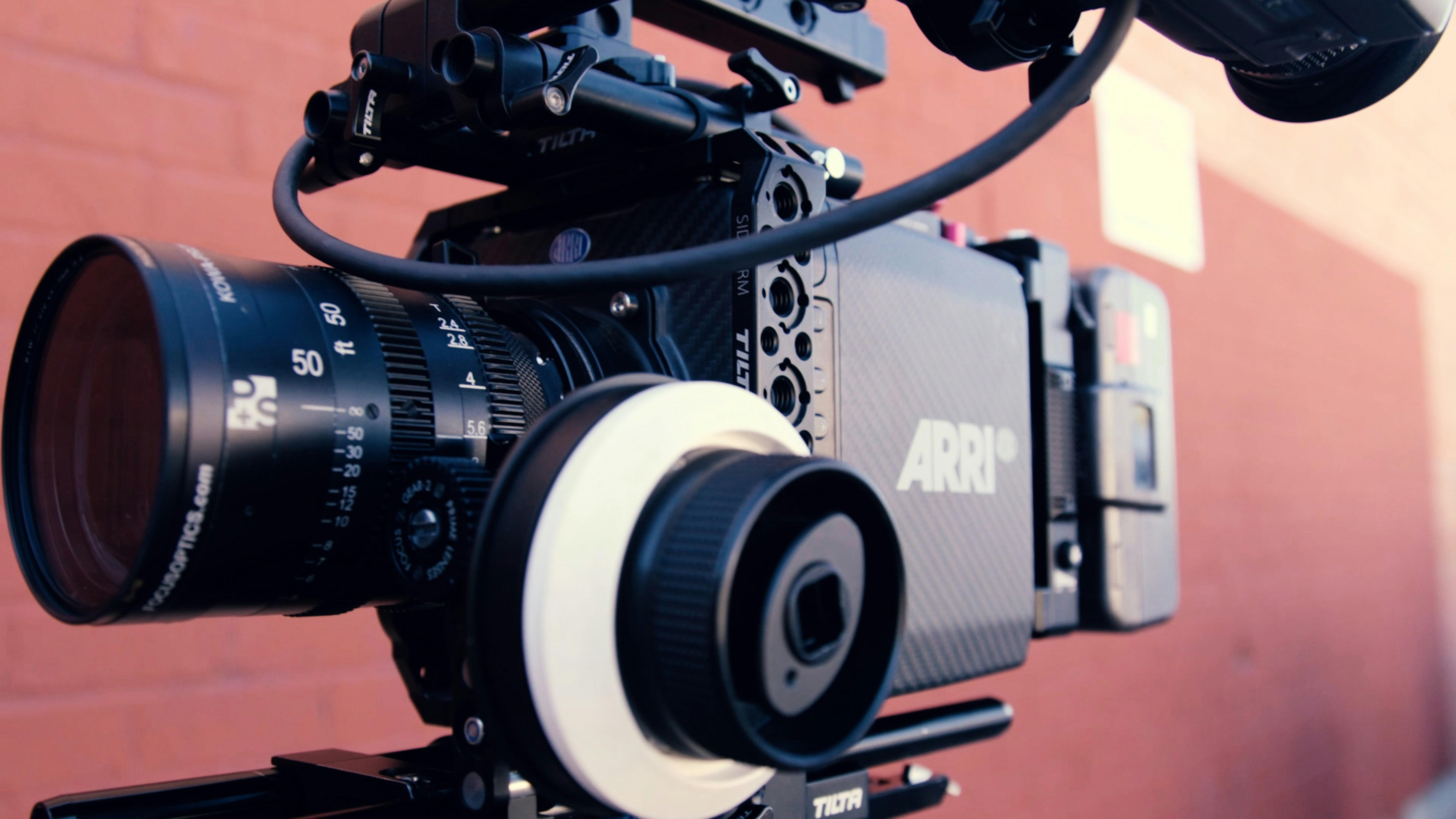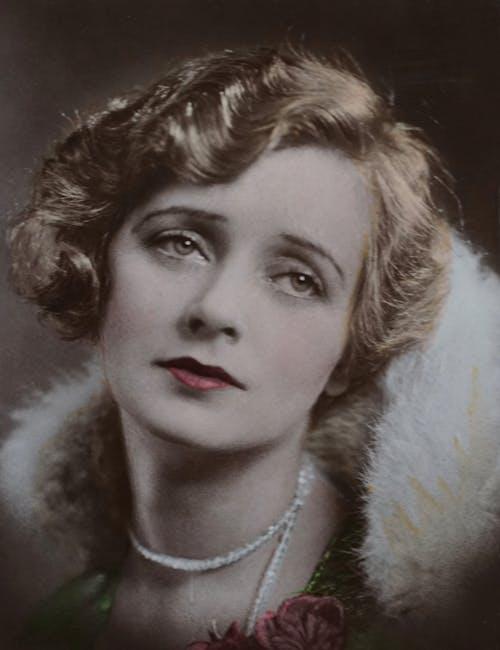In the ever-evolving landscape of cinema, certain films stand as monumental landmarks, not only for their storytelling but for their audacious defiance of the conventions that once defined their era. Classic films, often revered for their timeless narratives and iconic performances, were, at their inception, bold experiments that challenged the status quo of filmmaking. This article delves into how these cinematic masterpieces shattered expectations, pioneering new techniques and narratives that reshaped the art form. By analyzing the innovative approaches of directors and the daring narratives that defied traditional norms, we uncover how these classics forged a new path for future generations, forever altering the cinematic landscape.
Pioneering Narrative Structures and Their Impact
In the realm of classic cinema, several films dared to deviate from traditional storytelling, creating a profound impact on the narrative structures we recognize today. These films embraced non-linear timelines, employing flashbacks and fragmented sequences to immerse audiences in a more complex, layered experience. This innovative approach not only challenged viewers to engage more deeply but also paved the way for contemporary filmmakers to explore time and memory in unconventional ways.
- Orson Welles‘ “Citizen Kane“: Introduced a fragmented narrative through its use of multiple perspectives, enabling a deeper exploration of character and theme.
- Akira Kurosawa‘s “Rashomon“: Revolutionized storytelling by presenting conflicting accounts of the same event, questioning the nature of truth and perspective.
- Federico Fellini’s “8½”: Blurred the lines between reality and imagination, capturing the chaotic nature of the creative process through its dream-like structure.
These groundbreaking films not only redefined the narrative possibilities of cinema but also inspired generations of filmmakers to think beyond linear storytelling. Their legacy is evident in the bold narrative experiments that continue to captivate audiences today.

Revolutionary Cinematography Techniques that Redefined Visual Storytelling
The evolution of cinematography has been marked by bold experiments that shattered the status quo, leading to a new era of visual storytelling. Classic films like Citizen Kane and Vertigo introduced groundbreaking techniques that remain influential today. Orson Welles’ use of deep focus in Citizen Kane allowed multiple planes of action to remain in sharp detail, a technique that challenged the conventional shallow focus of its time. This innovation offered audiences a more immersive experience, inviting them to engage actively with the narrative.
- Alfred Hitchcock’s pioneering use of the dolly zoom in Vertigo created a disorienting effect that mirrored the protagonist’s vertiginous fear, an emotional resonance achieved through visual means.
- Jean-Luc Godard’s jump cuts in Breathless broke the traditional continuity editing, introducing a rhythmic disjunction that became a hallmark of the French New Wave.
- Stanley Kubrick’s symmetrical compositions and use of wide-angle lenses in films like 2001: A Space Odyssey and The Shining offered a meticulous, almost obsessive attention to detail, redefining the visual scope of narrative cinema.
These revolutionary techniques not only expanded the language of film but also empowered directors to express complex themes and emotions visually, forever altering the landscape of cinematic storytelling.

Challenging Social Norms: Films that Pushed Boundaries
Throughout cinematic history, certain films have dared to defy societal expectations, challenging audiences to reconsider entrenched beliefs. These trailblazing works have not only pushed the boundaries of storytelling but have also questioned the very fabric of societal norms. “A Clockwork Orange” by Stanley Kubrick, for instance, offered a visceral critique of free will and state control, provoking intense debate and even censorship. “Guess Who’s Coming to Dinner” tackled interracial marriage at a time when it was still illegal in many parts of the United States, forcing viewers to confront their own prejudices.
- Gender Roles: Films like “Thelma & Louise” redefined female empowerment, portraying women as complex characters capable of defying patriarchal constraints.
- Sexual Identity: “Paris is Burning” illuminated the vibrant world of New York’s drag ball culture, offering a raw, authentic look at LGBTQ+ communities.
- Political Satire: “Dr. Strangelove” expertly blended humor and horror, satirizing Cold War politics and the absurdity of nuclear warfare.
These films not only entertained but also provoked thought, becoming cultural landmarks that continue to inspire filmmakers and audiences alike. By boldly addressing controversial themes, they paved the way for future generations to explore and expand the narrative boundaries of cinema.

Lessons from the Past: Incorporating Classic Innovation into Modern Filmmaking
Classic films are rich with examples of groundbreaking techniques that continue to inspire today’s filmmakers. These pioneers weren’t afraid to challenge the status quo, using innovative approaches to storytelling and visual composition. Alfred Hitchcock, for instance, revolutionized suspense with his mastery of camera angles and editing, creating an immersive experience that pulled audiences to the edge of their seats. Similarly, Orson Welles‘s use of deep focus in “Citizen Kane” allowed for multiple layers of action to be visible at once, adding complexity and depth to the narrative.
Modern filmmakers can draw from these techniques by:
- Embracing bold visual storytelling: Experiment with lighting and framing to evoke specific emotions.
- Challenging narrative structures: Break away from traditional linear plots to create more engaging stories.
- Innovating with sound design: Use sound as a narrative device, much like the groundbreaking work in films like “Psycho”.
By revisiting these classic methods, today’s directors and cinematographers can craft films that resonate on a deeper level, proving that innovation knows no era.

